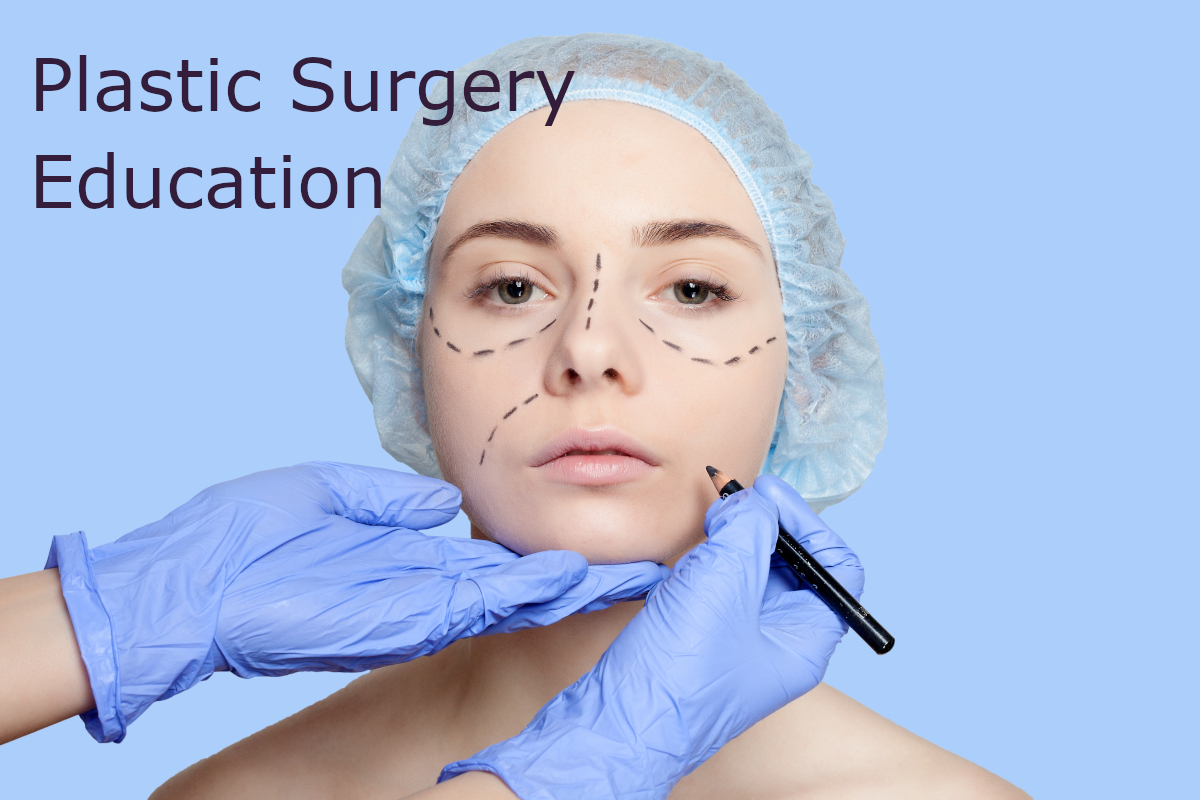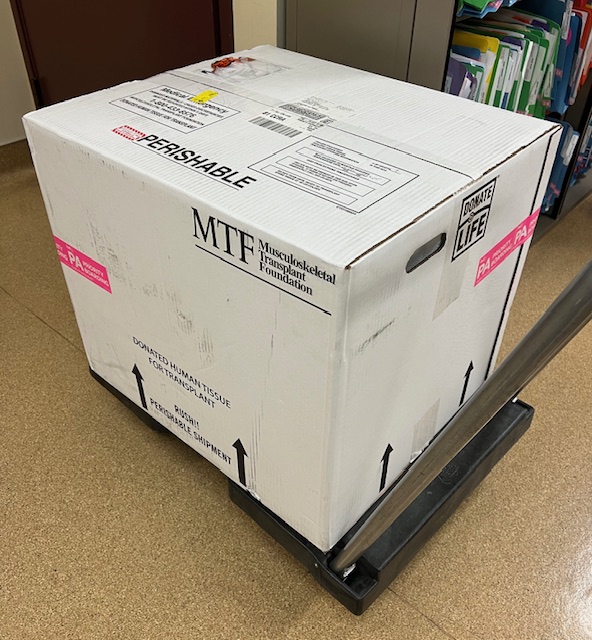Plastic Surgery is a huge umbrella. It encompasses not only my subspecialty, Cosmetic Surgery, but Reconstructive Surgery, also. These are not truly two separate disciplines, because there is a lot of crossover. To stay at the top of my game in Cosmetic Plastic Surgery, I must keep up with the latest advances in reconstructive surgery.
I am blessed to have an interesting private practice encompassing a large variety of cosmetic procedures. Being able to do a variety of Facial Plastic Surgery as well as Body Sculpting keeps me motivated to always learn more.

How do plastic surgeons learn about plastic surgery?
New Learning Requires a Solid Foundation
Knowledge is like a tree. A well rounded and solid base of knowledge works as the roots and trunk, and new knowledge is like new branches. Without a stable root system, it is impossible to grow.
All my education was completed in the San Francisco Bay Area: Elementary School, High School, Medical School and both General Surgery and Plastic Surgery Residencies.
Building On A Firm Foundation
My formal training is reinforced by maintaining Board Certification in both General Surgery and Plastic Surgery. I belong to multiple national, state and local plastic surgery societies, and attend their meetings to keep abreast of the latest and greatest techniques. I read plastic surgery journals and attend industry meetings to learn what works, and equally as important, what doesn’t work.
Cosmetic and Reconstructive Surgery Are Complementary
Cosmetic and Reconstructive Surgery are complementary not mutually exclusive. For example, last week I performed a challenging Rhinoplasty. While the nose job is usually thought of as an elective procedure used to enhance otherwise normal anatomy, this was a reconstructive case that has been staged over several years. When we first met, my patient was missing part of his nose and the internal support was severely attenuated.
A few years ago, I was able to reconstruct the nostril by “borrowing” skin and cartilage from his ear. Last year, the support for the dorsum of the nose was reconstructed with both local tissue and grafts. Last week, tip projection was restored with an irradiated donor tip shield graft and a columellar strut graft. The combination is also called an umbrella graft, as the columellar graft works like the handle to hold up the shield graft like the shade to support and shape the tip.

When the patient does not have enough cartilage for reconstruction, donor cartilage is an option. This large box is a cooler, chilled with dry ice containing the 3 cm piece of rib cartilage used to reconstruct my patient’s nose.
While each step of the procedure had aesthetic goals, this is Reconstructive Surgery. There was little “normal” anatomy, and the techniques used were a combination of the best of cosmetic and reconstructive surgery. The specific techniques were reconstructive, while the proportions strived for were cosmetic. Plastic surgeons may subspecialize in cosmetic or reconstructive surgery, but they need extensive knowledge from both sides of the fence in order to get the best, safest and most predictable results for their patients.
Plastic Surgery Consultations
It is important to consult with a qualified plastic surgeon to discuss your goals and expectations as well as the risks of any procedure. In the San Francisco Bay Area, Dr. Joseph Mele is a recognized expert in Cosmetic Plastic Surgery. He is a Board Certified Plastic Surgeon with many years of experience. To schedule a private consultation appointment with Dr. Mele call (925) 943-6353, today.
Previous Post Next Post